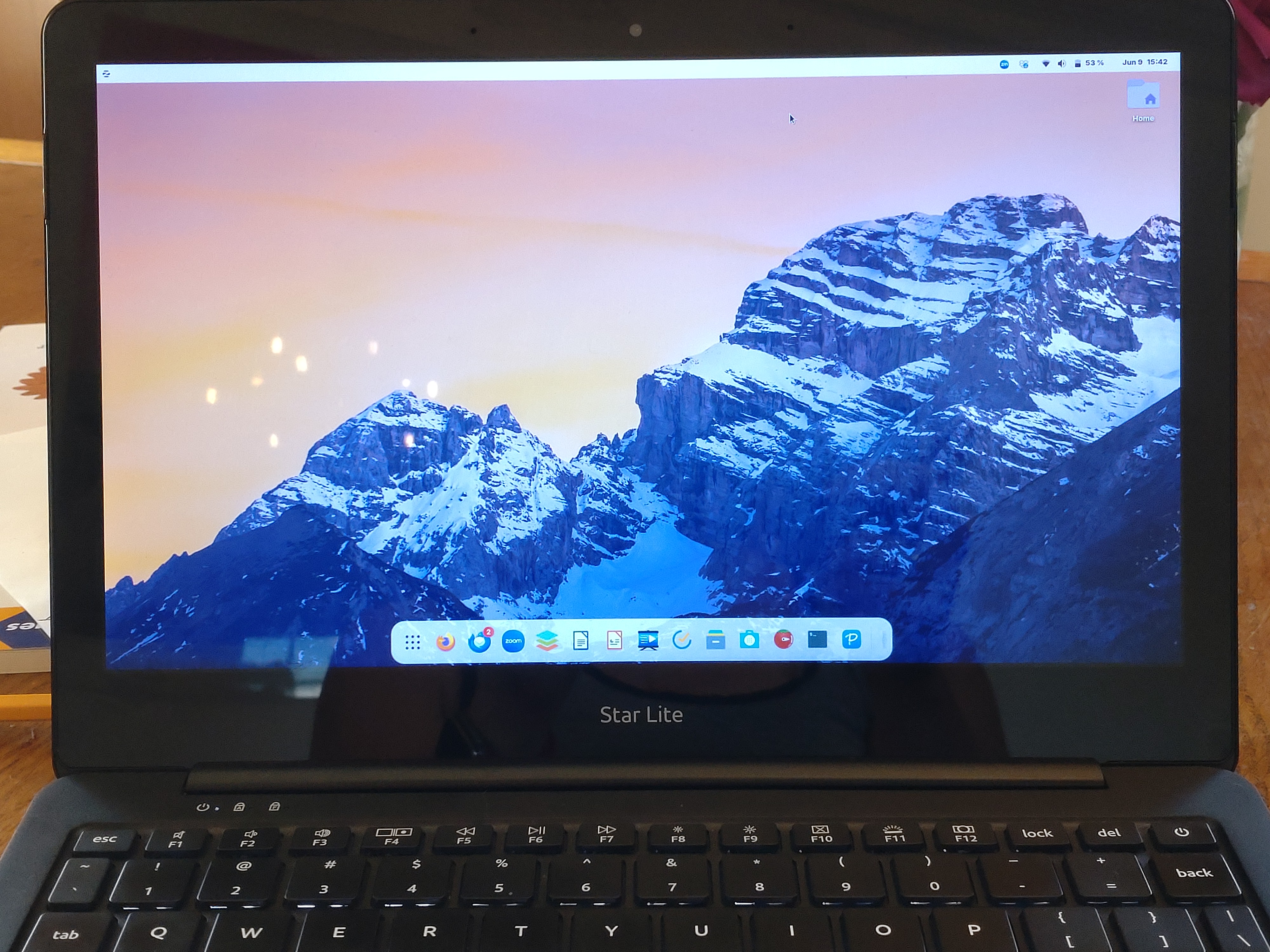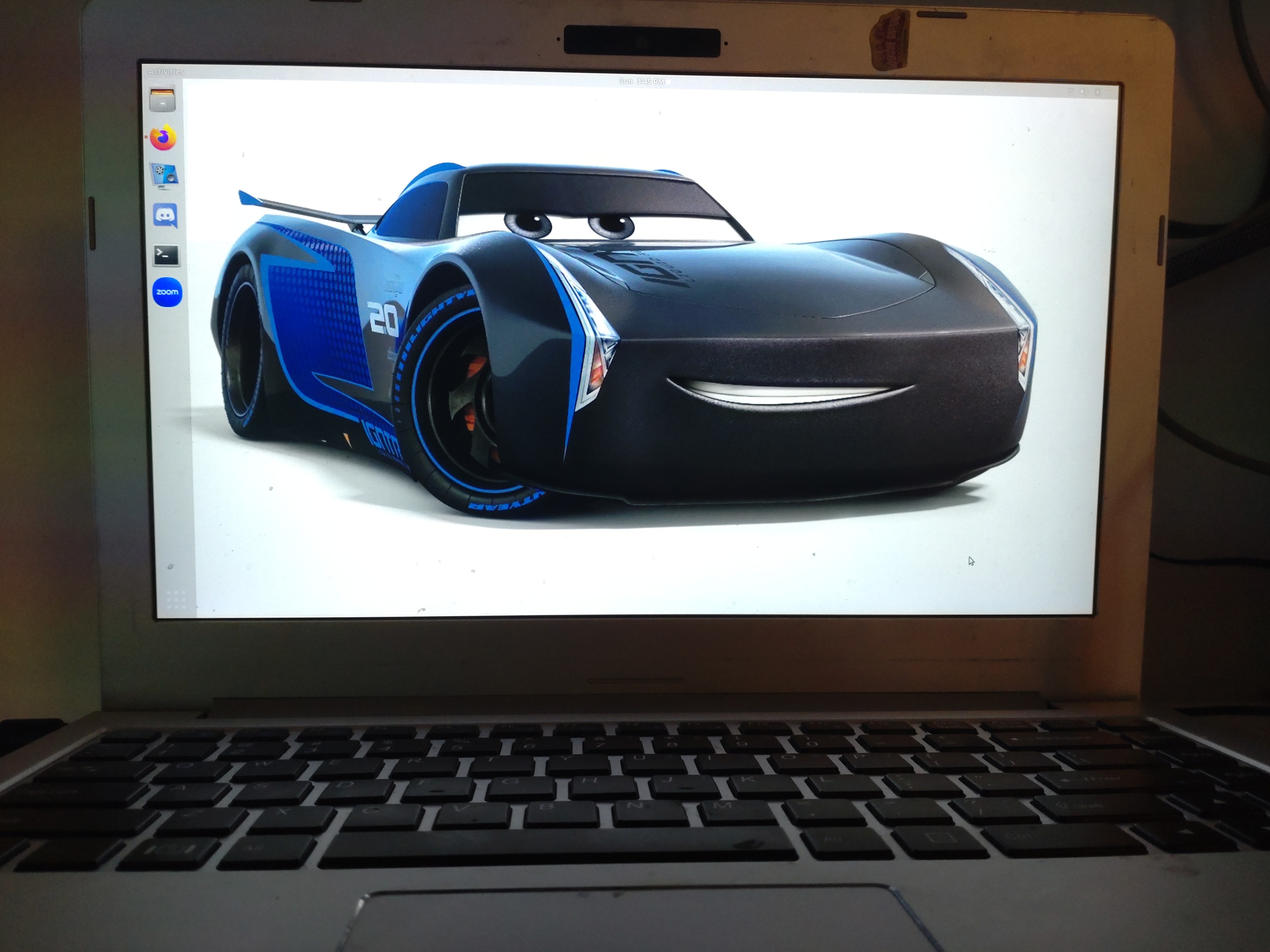Linux is like Ice Cream

Princeton is famous for its university, but the town is also known for its amazing ice cream shops. There are three of them that compete for the best flavors, the most unusual combinations, the longest lines. While people here tend to have a local fave, they won't turn down the others.
Like ice cream, the Linux operating system comes in different flavors and styles. First, there's the base recipe. You can choose a milk-based ice cream, or sorbet, or sherbet, which are all different in terms of their combination of milk and flavors.
In the same way, there are a few different "base" types of Linux. One of them (Red Hat, run by Fedora) requires a paid license and is used in Enterprise settings. Another (Debian, run by a community) doesn't need a license and is very flexible. A third type is a kind of Debian made really, really user-friendly, with a good app-store experience and a nice graphical user interface (Ubuntu, run by Canonical)...
Then, the distros. These are like flavors of sorbet versus gelato, and once you start tasting them you may want to try others to see which you like best. Depending on which of these base flavors of Linux you get, you have access to different software to download and install, and different ways to make your desktop look pretty and usable. There certain flavors built for the every-day consumer, easy-to-use market, so you'll hear them on repeat.
We can keep going with the analogy into toppings (GNOME or KDE), and which organization makes the richest version of chocolate. But I find this variation is precisely what stymies people when they even think about Linux.
Imagine you'd never tried ice cream before, but were suddenly standing at the counter, wondering-- Which flavor do I choose? Do I go for Vanilla, Strawberry or Chocolate? Something more advanced like Coffee or Caramel Swirl? Something out there like Avocado Lime or Creamed Corn?
Yes, the afficionados have their own crazy flavor combinations and are proud of them, and trade technical specifications in Reddit forums. But you don't have to do that to embrace a better OS. Because Linux is not just for power-users. You can just start with Vanilla or Chocolate and that is fine.
Here are three Linux distros I recommend for first-timers. They are all based on Ubuntu, which is easy for newcomers with a ton of compatible software. They have strong support and are great for everyday privacy. Read: I would totally recommend these to my mom.
(If you want to know where to install these, check out this post.)
My Top Three, Easy to Use, Linux Flavors
ElementaryOS: This is the OS for people who really don't want to mess around with Linux. They just want things to work well and look good. They want access to a store that is basically a walled-garden: apps that are tested and approved for data-privacy. ElementaryOS is the Mac of Linux. It even looks a lot like a Mac desktop!
Elementary pre-installs some basic tools that covers essentially what you would have out of the box from an Apple Store, this time with privacy included. If you want to install more or different software, set up folders on your desktop how you like 'em, or customize in any way, don't use this OS. But if you are looking for an easy introduction to Linux with a good mail client, reliable document editing systems and browser, and a safe space to play in, Elementary is your best bet. (Mum, I'm looking at you.)
Ubuntu: Ubuntu is the classic introductory Linux experience. You can install Ubuntu on almost any computer, and it's even available for touch-screen interfaces. Ubuntu out of the box does look like a different operating system, although you'll find that launching apps and downloading things from the app store, it behaves the way you are used to. Ubuntu's app store is broad and there is a lot of software you can try, although not a lot of hand-holding while you look for it.
If you're looking for something to put on a Chromebook, an old PC, or give to your kid for school, Ubuntu is an excellent choice. We did this to my kids' computer when they suddenly had to go online for school during Covid19.
ZorinOS: Zorin is like a step between Elementary and Ubuntu. It can look and behave like a PC or like a Mac (or like Linux if you want), making it easy to find the settings you're used to. There is a pro version that can run a virtual PC so you can still run .exe files or other PC-only software or login to Microsoft 365. It is Ubuntu under the hood, so if you want to get into the command line and mess around, you can. It also pre-installs more software that goes a little beyond the basics, so you are well set up with alternatives.
Zorin is more flexible and configurable than ElementaryOS: for instance, it installs apps from a variety of "stores," which is both a plus and a minus: you can find and use more software, but you should pay attention to who wrote and distributes the code to be sure it's something you trust. It's kind of the right balance between easy-to-use and well constrained for a wide audience, and still allows more messing around with the machine if you want. When I needed a computer to take away with me for a month that had to look and act exactly like my work-issued Mac, I put ZorinOS on it. (Dad, this one is for you).
This is the "vanilla, chocolate, and strawberry" version of Linux. There are lots and lots of distros out there, so you will almost certainly find something you love (vegan caramel creamed corn with sprinkles? sure, if it works for you!). Personally I have used these distros and many others.
But for people who just want something to work out of the box, and are nervous about trying ice cream for the first time, these three flavors are a great introduction, easy on the palette and make the switch straightforward and worthwhile.
In comparison, OSX and Microsoft are like fast-food soft-serve, from Dairy Queen or even McDonalds. If that was the only ice cream you'd ever tried, you would be missing out.

Try Before You Buy
Did you know you don't have to jump right into the Linux ecosystem, you can give it a test drive first? It's true! Just put the operating system file that you download (it ends in .iso) with your chosen distro on a USB stick, plug it into the computer, and it should boot from the drive. You'll have the option to give it a try instead of installing it and wiping your drive.
Every one of these OS's gives you a step by step tutorial for how to install your chosen system, so put aside an evening to follow these to the letter and you should be just fine.
Don't lose all your stuff!
If you install a new operating system, you erase EVERYTHING on your computer. So if you are going to make the leap to a new OS, first grab yourself an external drive and back up all your files.
Do this the old fashioned way, by copying and moving files. If you use built-in proprietary software for backing up (like Time Machine on Apple) you can't necessarily access those files from a Linux computer later.
It's a good idea to have everything backed up anyway, so you won't regret this step.
Setting up your new-old machine
Take note of your email settings, or any other cloud-based services you have. You'll need these for setting up the new system. Your mail program on Linux just accesses your mail on whatever server you choose: you can input these settings and be back in action quickly.
For browsing, Firefox, LastPass, and other systems will allow you to save your passwords and bookmarks to an account. Then on your new machine, you just have to download the application, log in, and it will all be back and ready to use.
I have a list of software that need reinstalling when I move over to a new system. It's a good idea to take notes as you back up and then restore the new system to make sure you moved everything successfully.
Who makes these things anyway?
We've gotten so used to the corporate model of consumer technology--Microsoft, Google, Apple--we forget there is another way. Linux isn't just different on the surface, it's different under the hood.
Linux systems are open source, meaning that people are free to share them and build with them. The above systems are built by many different kinds of communities.
Ubuntu is itself a Swahili word, referring to a community that works together toward common good. That's the model with Linux.
Zorin and Ubuntu are made by companies; Elementary and Debian are built by people working together collaboratively in their spare time. They're still mostly not-for-profit organizations. They produce stable, supported software and are trustworthy on information security.
Many of these communities believe that their software and operating systems should be entirely free. Some are pay-as-you-can to buy their development team a cup of coffee. Some have licenses or subscriptions for extra features, again to keep their communities supported.
You can participate too: many of these groups have online forums where users can ask questions, post problems they encounter, and look for solutions.
This is the best part of moving to Linux--and key to the Opt Out Project more generally. We don't just have to accept what Big Tech gives us: we can build and use our own tools.
Also, we don't have to do it alone. Working together in communities--open source or otherwise--and sharing knowledge and skills is what will truly give us independence from Big Tech.
--
And then, voila! You're ready to give something new a try. Something that lets you keep your data where you want it. That doesn't contribute to surveillance capitalism, bias, extraction, or generative AI systems. That loops you into a community of other people who are all working on something collaborative, together, for the common good.
That's, after all, what Opting Out is all about.